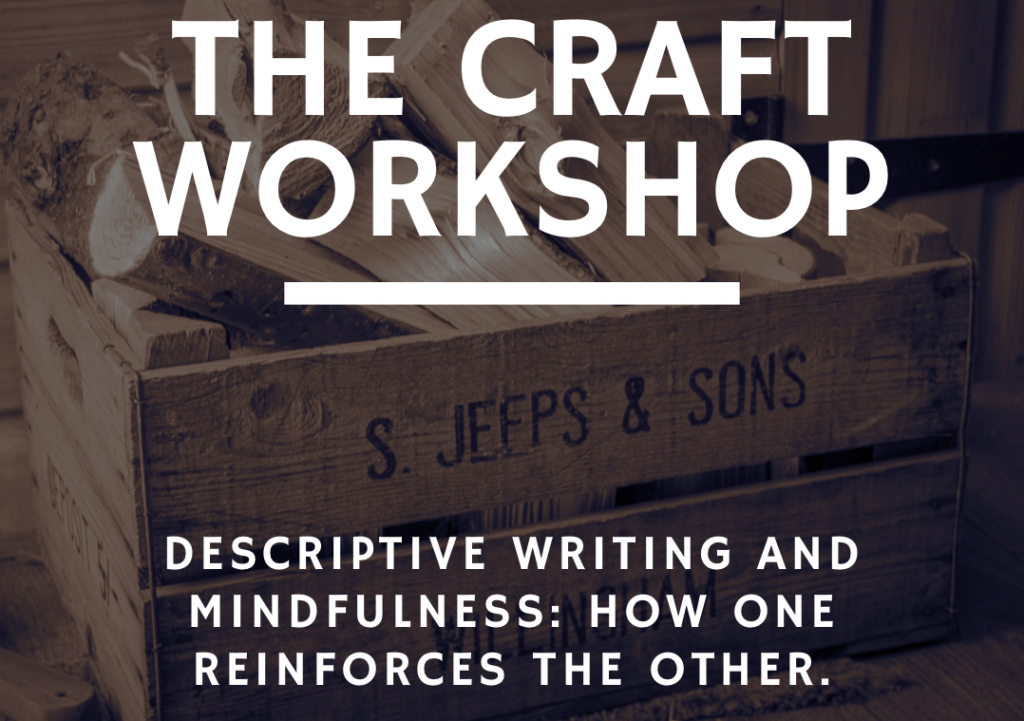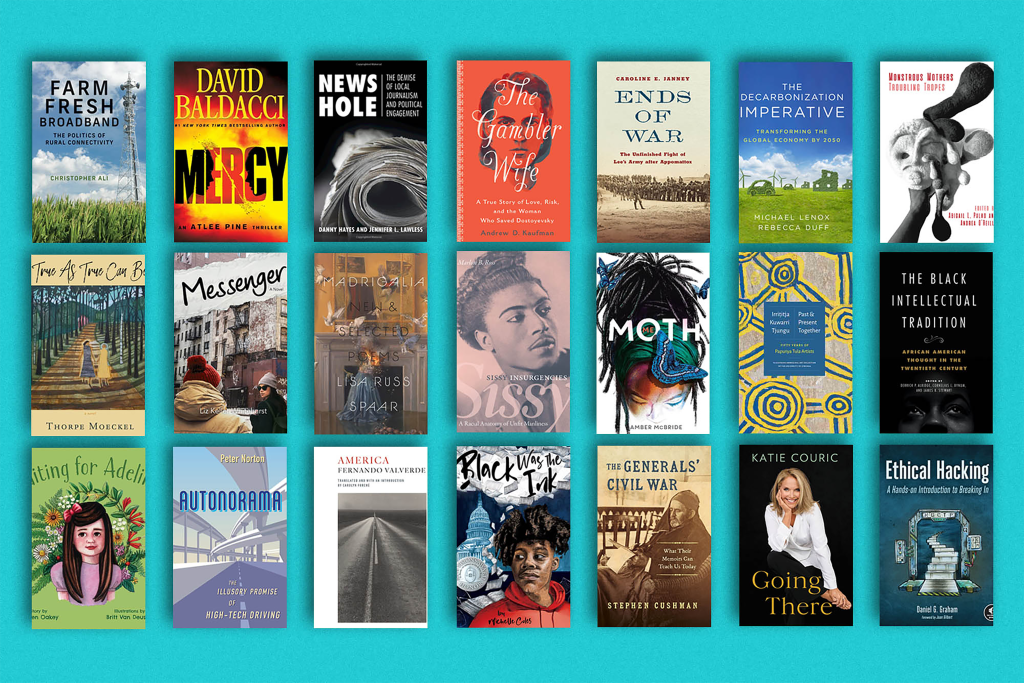Descriptive Writing and Mindfulness: How One Reinforces the Other
I teach high school students, the bunch that is most wild, unorganized, and constantly in flux, yet passionate and aspiring. I have been a teacher for a long time now, but I essentially missed the art of teaching descriptive writing until recently I realized my flaw. I now ask my students to find the best definition of descriptive writing online, discuss it among peers, and then write the most detailed paragraph they can about the school building and its surroundings. What I get is reporting, detailed but tedious. Once they read it out loud, they, too, realize the monotony of it. We read a curated list of paragraphs to familiarize ourselves with what an ideal passage of descriptive writing should look and sound like. The one I love is the chapter “The Freedom of the City” from John Baxter’s The Most Beautiful Walk in the World. Then I take them for two rounds of walking in and around the school precinct, telling them to observe closely everything and anything they can lay their eyes on as well as smells and sounds that they can sense. In the second round, we add adjectives, metaphors, and other literary devices to all the observed things. Their task for the day is to rewrite their earlier passage with all the new inputs and adjectives. We edited the passage at least five times, with me dropping clues and hints on what could have been a more descriptive version of it. As the class progresses, our walks and outings also increase: public dispensaries, cafes, parks and gardens, school picnics, excursions, everything becomes more exciting for all of them. There is always a contest running about who is the most observant. Most students have a blog where they upload the writing exercises I give them. What I never expected as the by-product was mindfulness. Students seemed to be fully attentive to what was happening, to what they were doing, and to the space they were moving through. The attention deficit I saw in them decreased considerably. Descriptive writing is not just describing, neither reporting what is where and who is like whom, nor just using adjectives and vivid imagery. It is absorbing the surroundings to their fullest, getting creative, and being courageous enough to take the leap of redesigning it, restructuring it according to one’s taste, molding it to one’s imagination and fancy, and creating the extraordinary out of the plain ordinary. Now the students can come to the front, close their eyes, and describe a scene from the market or create one out of their pure imagination, placing things all around them, giving colors to objects, tastes and smells to the samosas being fried at the food stall, sounds to the vendors selling clothes and the motorcars passing by. They can read out the boards over the shops and place the woman combing her hair on the balcony at the far right. They can transpose themselves to the market or bring it to the class. First Published in Whale Road Review.Read Bupinder Singh Bali’s latest book; Those Who Stayed; The Sikhs of Kashmir
Descriptive Writing and Mindfulness: How One Reinforces the Other Read More »



